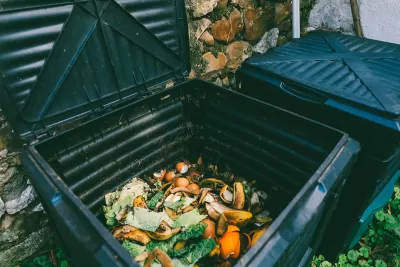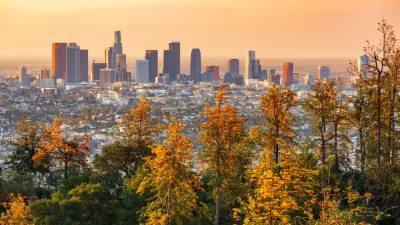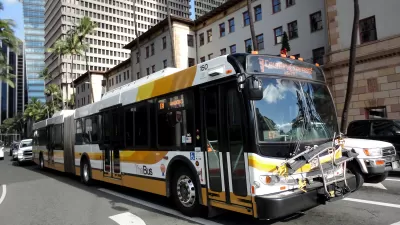The state has reduced its methane emissions by 25.7 percent per ton of waste following a law that seeks to eliminate food waste from landfills.

A study published in Science reveals that Massachusetts is the only state where a food waste ban has successfully curbed the amount of food waste that goes to landfills.
As Kristin Toussaint explains in Fast Company, food waste bans seek to cut down on methane emissions caused by organic matter in landfills. However, laws passed in California, Connecticut, Rhode Island, and Vermont haven’t been nearly as effective as the one in Massachusetts, where the state achieved a 13.2 percent reduction in waste and a 25.7 percent decrease in methane emissions per ton of waste.
The researchers identified three reasons for the success of the state’s food waste ban: “a simple law with a small number of exemptions; a robust network of composting infrastructure so it was easy and affordable for businesses to compost rather than trash their food waste; and an enforcement system.”
According to the researchers, “Massachusetts, the researchers found, had more than triple the number of inspections per business that generated food waste than the next closest state, which was Vermont,” the most facilities to process food waste, and a clear law that applies to all businesses that generate more than half a ton of food waste per week.
FULL STORY: Why food waste bans have totally failed—except in Massachusetts

Study: Maui’s Plan to Convert Vacation Rentals to Long-Term Housing Could Cause Nearly $1 Billion Economic Loss
The plan would reduce visitor accommodation by 25,% resulting in 1,900 jobs lost.

North Texas Transit Leaders Tout Benefits of TOD for Growing Region
At a summit focused on transit-oriented development, policymakers discussed how North Texas’ expanded light rail system can serve as a tool for economic growth.

Why Should We Subsidize Public Transportation?
Many public transit agencies face financial stress due to rising costs, declining fare revenue, and declining subsidies. Transit advocates must provide a strong business case for increasing public transit funding.

Dear Tesla Driver: “It’s not You, It’s Him.”
Amidst a booming bumper sticker industry, one writer offers solace to those asking, “Does this car make me look fascist?”

A Visual Celebration of Manhattan’s Chinatown Elder Community, Through Food
Lanterns, cafeteria trays, and community connection take center stage in this stunning photo essay.

How to Make US Trains Faster
Changes to boarding platforms and a switch to electric trains could improve U.S. passenger rail service without the added cost of high-speed rail.
Urban Design for Planners 1: Software Tools
This six-course series explores essential urban design concepts using open source software and equips planners with the tools they need to participate fully in the urban design process.
Planning for Universal Design
Learn the tools for implementing Universal Design in planning regulations.
City of Santa Clarita
Ascent Environmental
Institute for Housing and Urban Development Studies (IHS)
City of Grandview
Harvard GSD Executive Education
Toledo-Lucas County Plan Commissions
Salt Lake City
NYU Wagner Graduate School of Public Service





























